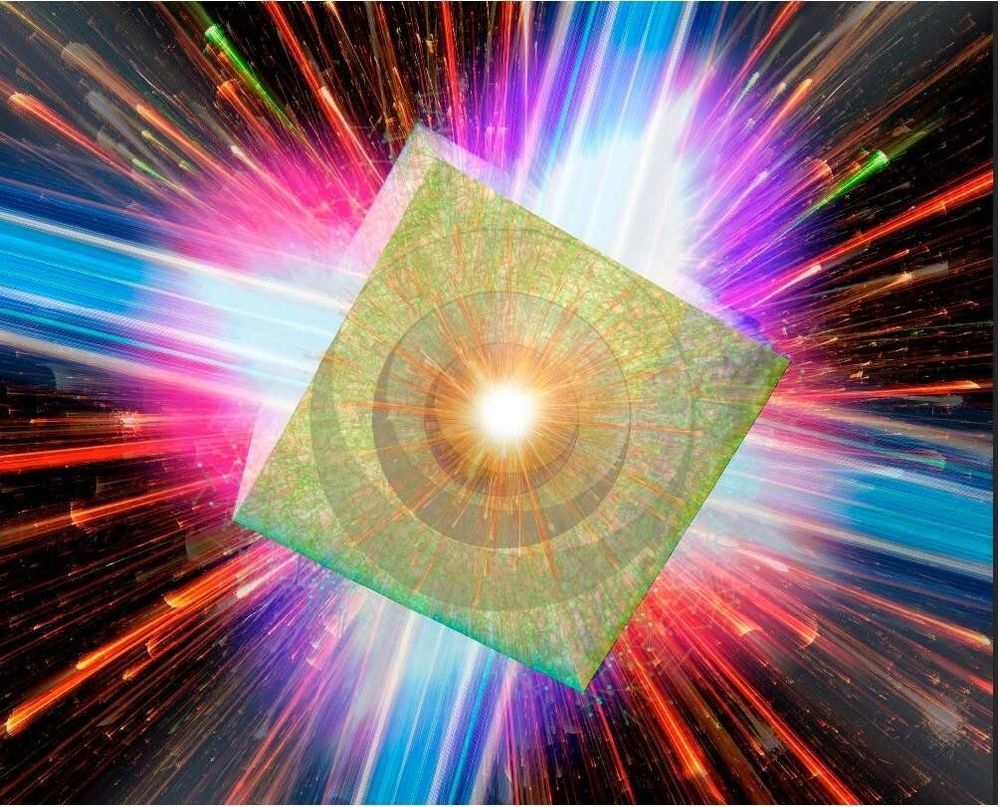A vacuum is generally thought to be nothing but empty space. But in fact, a vacuum is filled with virtual particle-antiparticle pairs of electrons and positrons that are continuously created and annihilated in unimaginably short time-scales.
The quest for a better understanding of vacuum physics will lead to the elucidation of fundamental questions in modern physics, which is integral in unraveling the mysteries of space, such as the Big Bang. However, the laser intensity required to forcibly separate the virtual pairs and cause them to appear not as virtual particles but real particles would be 10 million times higher than current laser technology is capable of. This field intensity is the so-called Schwinger limit, named a half-century ago after the American Nobel laureate Julian Schwinger.
In 2018, scientists at Osaka University discovered a novel mechanism that they called a microbubble implosion (MBI). In MBIs, super-high-energy hydrogen ions (relativistic protons) are emitted at the moment when bubbles shrink to atomic size through the irradiation of hydrides with micron-sized spherical bubbles by ultraintense, ultrashort laser pulses.










Comments are closed.